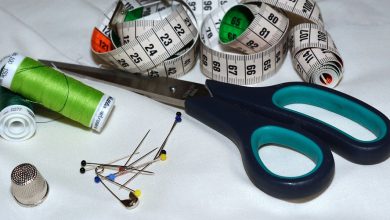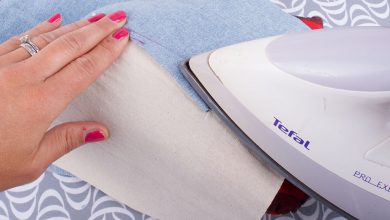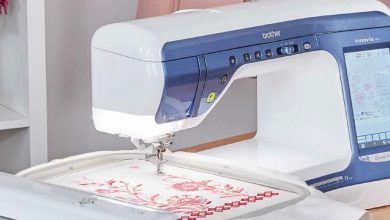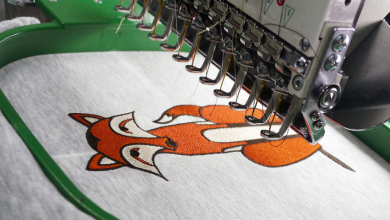Any craft enthusiast or professional will find that there are times where accurate cuts need to be made. When this is the case, using a book or cutting directly onto a table can damage the underneath so it is less than ideal. The saving grace is these situations is a quality self-healing cutting mat, but only when the product is up to the standard.
Because of this, we have created a buyer’s guide. It details everything there is to know about these useful mats so you end up with a product that won’t let you down and allows you to make easy, and straight cuts.
Double-Sided
Not every mat is going to offer this, particularly folding mats but it helps the user to get double the cutting before the mat shows signs of wear and tear. A lot of brands will include different color schemes on either side so the user can pick what feels most comfortable on the eye.
Thickness
Any self-healing cutting mat worth considering is going to have to have a certain thickness. This tends to start at around 1.5 mm but the better options will often be closer to 2.55 mm and beyond. A thicker mat will provide added protection and help it to absorb deeper cuts before pushing itself back into place.
Angled Lines
A common sight on most cutting mats, angled lines make it easy to make different shaped cuts such as triangles and stars. When it comes to arts and crafts, you never know when you are going to need to take on a new challenge and cut different shapes which is where these lines come in handy. Most mats have lines at 45 and 60-degree angles, with some adding another one or two on theirs.
The Right Size
Not everyone needs a large cutting mat to work on but if this is to be used on a quilting project where the size of the fabric is larger, then the added space will come in handy. A large self-healing cutting mat will usually be around 24 x 36 inches.
Nonstick Surface
Most cutting mats in this niche will be made from materials that do not stick to fabric or even the table underneath to make for an easy cut. Most brands use a type of PVC for their mats which can help prevent fabrics from moving around but also won’t stick to them.
Absorbent Material
Above all else, a self-healing cutting mat should be able to absorb cuts from craft knives and rotary blades and this is all down to the quality of the absorbent material. A lot of products will use multiple layers of PVC and the likes to ensure theirs bounce back after each cut. Look for 5-ply products as a sign of a decent mat.
No Odor
This could be best described as low odor since a lot of cutting mats are made from some form. of plastic so when taking them out of their packaging there is often a strong scent. This can mean the mat needs to be aired outside for a little while before using, which is a common approach for making the scent go away faster.
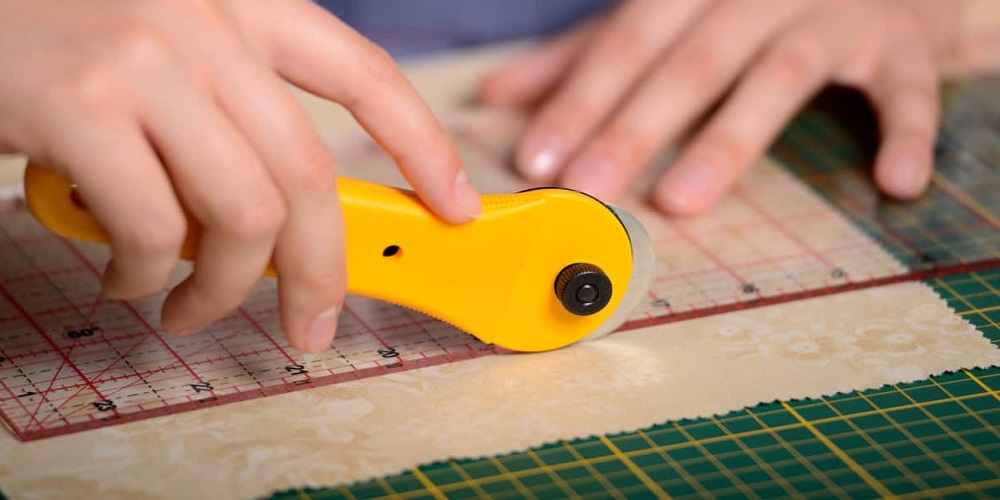
Anyone who has had to use a craft knife or rotary blade to cut will know that a book can get ruined pretty fast, as can a table. These two approaches also do not offer the same straight lines to follow as a self-healing cutting mat. This is why so many crafters, sewers, and those undertaking a quilting project can appreciate how useful a cutting mat is.
The better products not only protect the surface underneath but also the blade, preventing it from blunting so fast. The mat itself should be thick enough to bounce back to a regular smoothness.
Any craft project that warrants the use of a rotary blade, craft knife, or something similar will require a cutting mat. They are ideal for protecting the surface and absorb the indent without piercing the material. A lot of people use them for making clean accurate cuts of paper or for sewing and quilting projects.
Although these mats can withstand hundreds of cuts and last a long time, there does come a point where it is necessary to replace them. Dual-sided products last linger but even these have a shelf life. It is usually obvious that a change is needed when several scratches impact the accuracy of a fresh cut.
One of the easiest ways is to only cut with the correct blades. Some sharper and stronger knives may make an indent that cannot heal and after frequent use, this will soon render the mat useless. A rotary blade or craft knife is best used. Another method is to be sure to use a dual-sided mat, and not to cut in the same place every time. This can be difficult if used te angled lines but otherwise, rotate the mat and use different areas.
Without a cutting mat, the rotary blade will make an indent in a table or another surface that is permanent yet easily avoided. any time where a rotary blade should be used, so should a mat, and a self-healing product will stick around for longer.
A self-healing mat should last for many years, especially when not used so frequently. When cared for properly, there should be no reason to have to look for another for a while.
This varies depending on the brand, but the best mats available only cost around $30. It is possible to invest a little more for different angled lines, or a foldable product, but this shouldn’t set you back much more.
One of the best things about these products is their longevity, as they last for many years without the need for a replacement.


